25+ SAMPLE Construction Partnership Agreement
-
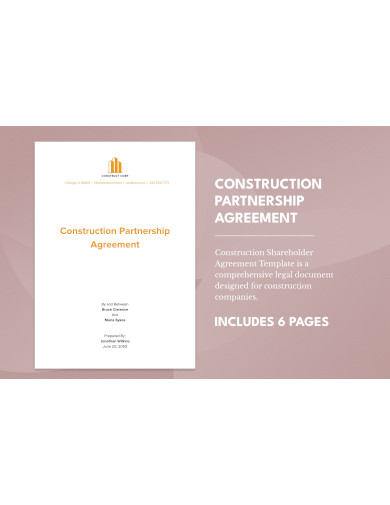
Construction Partnership Agreement
download now -
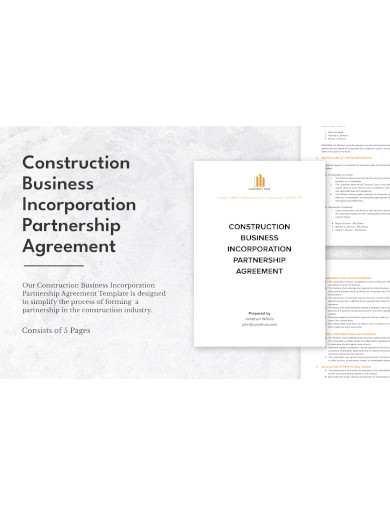
Construction Business Incorporation Partnership Agreement
download now -
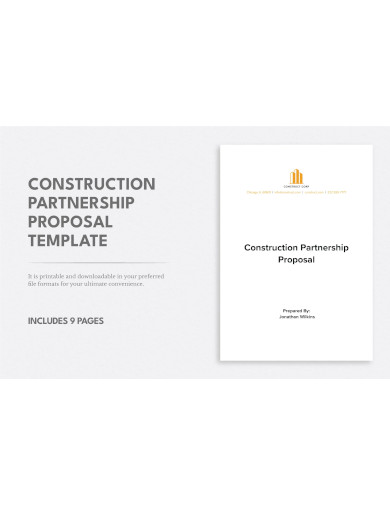
Construction Partnership Proposal
download now -
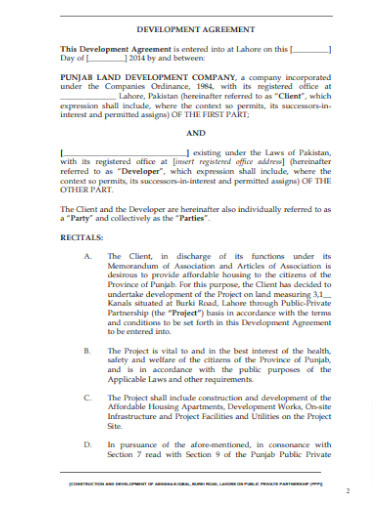
Construction Partnership Land Development Agreement
download now -

Construction Partnership Property Agreement
download now -
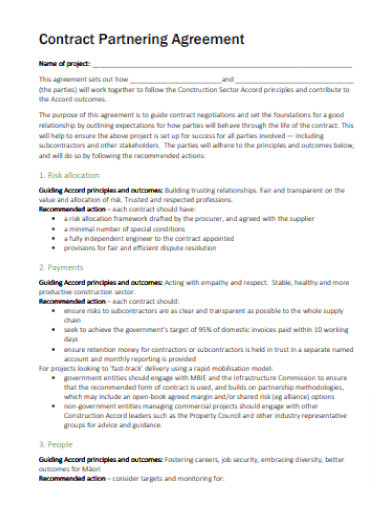
Construction Partnership Contract Agreement
download now -
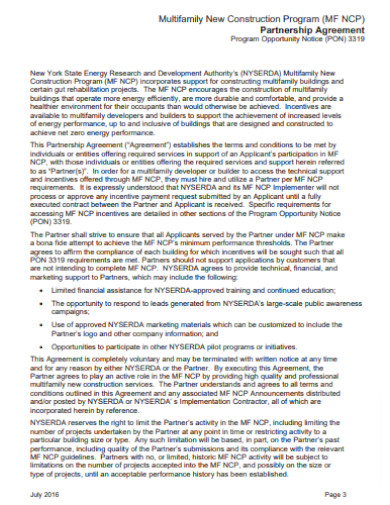
Construction Partnership Program Agreement
download now -
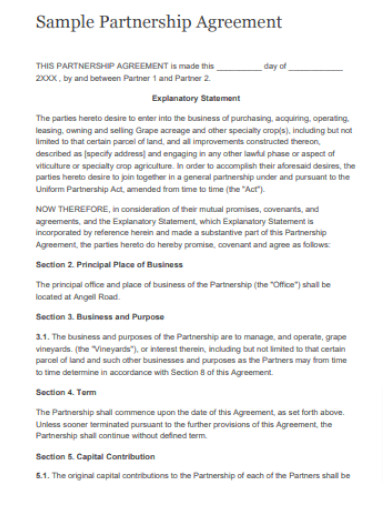
Sample Construction Partnership Agreement
download now -
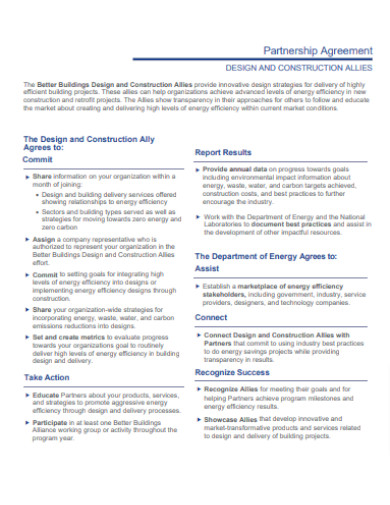
Design Construction Partnership Agreement
download now -

Printable Construction Partnership Agreement
download now -
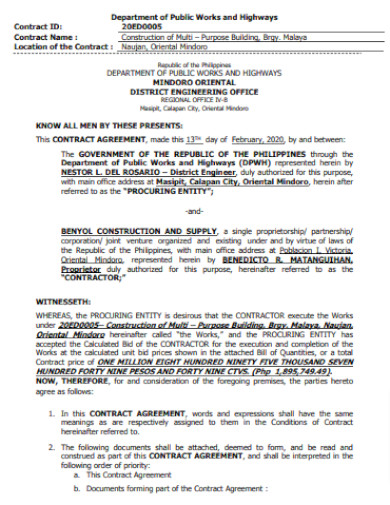
Simple Construction Partnership Agreement
download now -
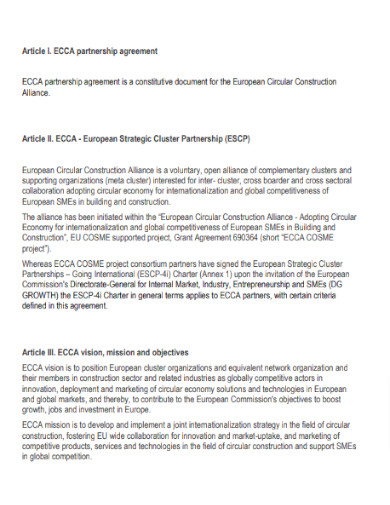
Construction Partnership Agreement Outline
download now -
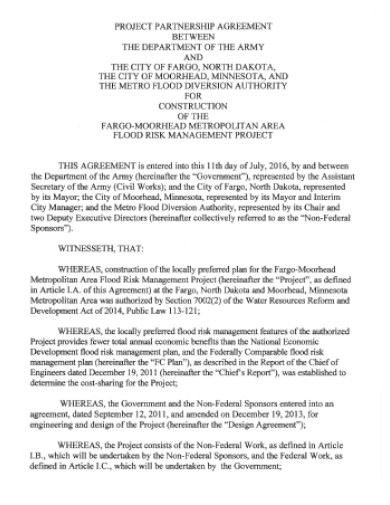
Construction Project Partnership Agreement
download now -
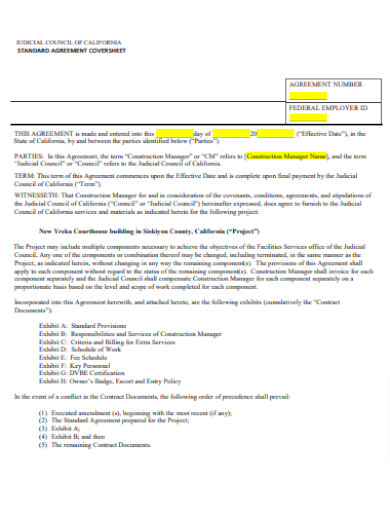
Standard Construction Partnership Agreement
download now -

Construction Application Partnership Agreement
download now -

Basic Construction Partnership Agreement
download now -
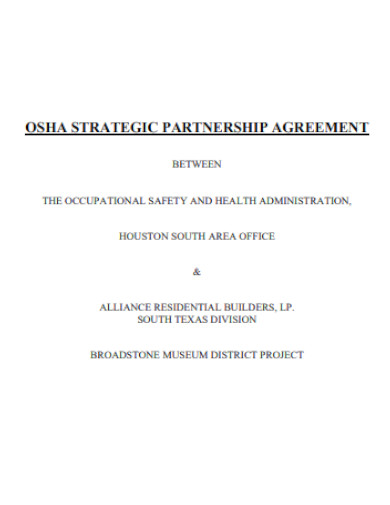
Construction Strategic Partnership Agreement
download now -
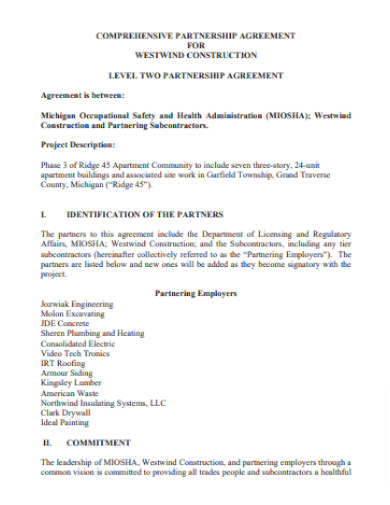
Editable Construction Partnership Agreement
download now -
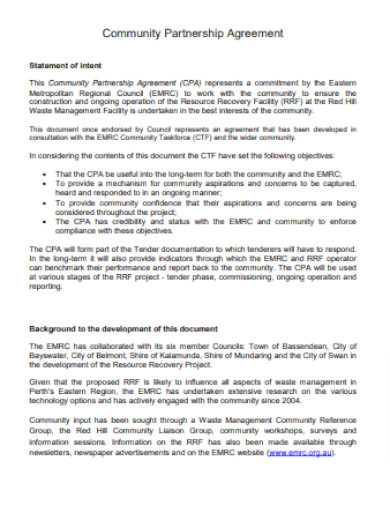
Construction Community Partnership Agreement
download now -
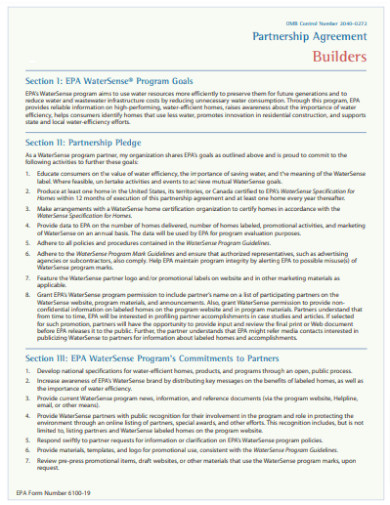
Construction Builders Partnership Agreement
download now -

General Construction Partnership Agreement
download now -

Construction Terms of Partnership Agreement
download now -

Construction Business Partnership Agreement
download now -

Construction Risk Management Partnership Agreement
download now -
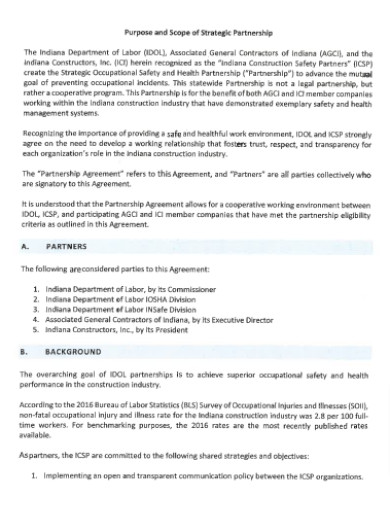
Construction Contractors Partnership Agreement
download now -
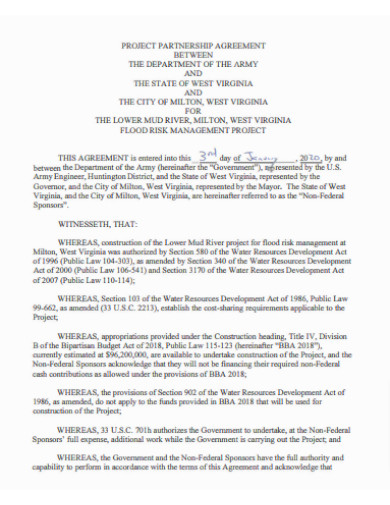
Construction Partnership Agreement Layout
download now
FREE Construction Partnership Agreement s to Download
25+ SAMPLE Construction Partnership Agreement
Definition:
Construction Partnership Agreement: A Comprehensive Guide
Understanding its Significance:
Key Elements of the Agreement:
Navigating Potential Pitfalls:
Maximizing the Benefits:
Why is a partnership agreement essential for construction projects?
What financial aspects should be detailed in the agreement?
How often should a construction partnership agreement be reviewed and updated?
Can technology simplify the drafting and sharing of partnership agreements?
When does a construction partnership agreement become legally binding?
Definition:
A Construction Partnership Agreement is a legally-binding document that outlines the terms, roles, responsibilities, and financial arrangements between parties collaborating on a construction project. It serves as a foundational framework, ensuring clarity, mutual benefit, and conflict resolution. By defining obligations and rights, this agreement safeguards interests and fosters trust, ensuring a smoother execution of construction endeavors.
Construction Partnership Agreement: A Comprehensive Guide
Building strong foundations is not just a principle in construction; it’s also vital when forming partnerships in the industry. A well-drafted construction partnership agreement can pave the way for a successful joint venture, ensuring both parties are on the same page, literally and figuratively.
Understanding its Significance:
Every construction project requires collaboration. Whether it’s between architects and builders or investors and contractors, the need for clear communication and mutual understanding is paramount. This is where a construction partnership agreement comes into play. This legal document outlines the responsibilities, rights, and obligations of each partner, ensuring there are no ambiguities that could lead to disputes down the line.
The Core of Work Efficiency:
The significance of a construction company timesheet transcends mere documentation. At its core, it serves as an indicator of work efficiency, resource allocation, and overall project progress.
Mapping Productivity:
By tracking hours spent on specific tasks, companies can gauge the productivity of their workforce. This detailed record highlights areas where time is efficiently used and pinpoints segments of the project that may need reevaluation or more resources.
Financial Implications:
From a financial standpoint, timesheets play a pivotal role. They determine pay for hourly workers, calculate overtime, and assist in budgetary oversight. Without accurate timesheets, a company risks financial mismanagement, potentially leading to over payments, disputes, or even legal complications.
Forecasting and Planning:
By analyzing trends in timesheets, companies can make informed predictions about project completion timelines, adjusting strategies accordingly. This forward-thinking approach allows for better resource allocation in future projects, refining estimates and bids.
Ensuring Accountability:
Timesheets serve as a tangible record of an employee’s commitment to their role. They promote accountability, ensuring that each worker is responsible for their allocated hours and tasks. In the event of disputes or performance evaluations, timesheets provide a clear, unbiased record.
Regulatory Compliance:
Many regions have labor laws dictating work hours, overtime compensations, and breaks. Properly maintained timesheets help companies stay compliant with these regulations, avoiding legal ramifications and ensuring workers’ rights are upheld.
Key Elements of the Agreement:
A comprehensive agreement should address several crucial aspects:
The Essence of the Agreement:
Understanding the essence of an agreement involves recognizing its fundamental importance and purpose. At its core, an agreement sets out the terms, conditions, and mutual understandings between parties, ensuring that all involved are aware of their roles, responsibilities, and the expectations placed upon them.
Defining the Parties Involved:
An integral component of any agreement is the clear identification of the parties involved. This section typically includes the full legal names of the entities or individuals entering into the agreement and might also specify their addresses or other pertinent details.
Scope and Purpose:
The agreement should clearly state its primary purpose and the scope of activities it encompasses. Whether it’s a partnership, service provision, or a sales agreement, this section offers clarity on what the agreement seeks to achieve.
Terms and Conditions:
This section dives deep into the specifics. It outlines the rights and responsibilities of each party, the duration of the agreement, payment terms, deliverables, milestones, and other relevant details that govern the relationship between the parties.
Confidentiality and Non-compete Clauses:
Especially vital in business agreements, these clauses protect sensitive information and ensure that parties don’t engage in activities that directly compete with the shared interests of the agreement.
Termination Provisions:
Every agreement should have clear guidelines on how it can be terminated. This includes circumstances that might lead to termination, notice periods, and any penalties or processes associated with ending the agreement.
Dispute Resolution:
In the event of disagreements or disputes, this section offers a roadmap for resolution. It might stipulate mediation, arbitration, or litigation as methods of resolving conflicts, ensuring parties have a clear understanding of how to address issues.
Governing Law:
Agreements often specify the jurisdiction or set of laws under which they will be interpreted and enforced. This ensures that, in the event of legal action, parties know which legal standards will apply.
Signatures and Dates:
An agreement becomes legally binding when signed by all relevant parties. Including a space for signatures and dates is crucial to legitimize the document.
Navigating Potential Pitfalls:
Every partnership has its challenges. By being aware of common pitfalls, partners can take proactive measures to avoid them. For instance:
Understanding the Common Challenges:
In any agreement or contract, there are potential pitfalls that could derail its execution or result in disputes. Being aware of these challenges is the first step in navigating them effectively.
Vague Language and Ambiguities:
One of the most frequent issues in agreements is the use of vague or ambiguous language. This can lead to misunderstandings or differing interpretations, which can in turn result in disputes. To navigate this, ensure that all terms and clauses are clearly defined.
Lack of Clarity on Deliverables:
Both parties must have a clear understanding of what is expected in terms of deliverables. Without this clarity, there’s potential for disappointment or accusations of non-compliance.
Inadequate Dispute Resolution Mechanisms:
Every agreement should have a clear process for resolving disagreements. Without this, small issues can escalate into significant disputes that can be both time-consuming and costly.
Ignoring External Factors:
Factors outside of the agreement, like changing market conditions, regulatory changes, or unforeseen events, can impact its execution. Parties should consider including clauses that address these potential external challenges, such as force majeure clauses.
Skipping the Legal Review:
It’s tempting to fast-track agreements, especially when parties have a good working relationship. However, skipping a legal review can lead to oversights that might have significant consequences down the line.
Not Keeping Records:
Maintaining thorough records of all communications, amendments, and deliverables related to the agreement is crucial. This ensures that, in the event of a dispute, there’s a clear trail of documentation to refer to.
Ignoring Red Flags:
If something feels off or too good to be true, it probably is. Trusting instincts and addressing concerns head-on can prevent larger issues in the future.
Maximizing the Benefits:
When executed correctly, a construction partnership can offer numerous advantages:
Harnessing the Power of Clear Communication:
Open and consistent communication is paramount. By ensuring that all parties are on the same page, misunderstandings can be minimized and mutual trust can be strengthened. Regular check-ins and updates can also foster a positive working relationship.
Leveraging Detailed Documentation:
Thorough documentation not only provides clarity but also acts as a reference point for all involved. It’s beneficial to have a clear record of decisions, changes, and agreed-upon terms. This can be especially crucial if there’s a need to revisit certain aspects of the agreement later.
Embracing Flexibility:
While it’s essential to have a robust agreement in place, there should also be room for flexibility. The business landscape can change, and unforeseen challenges can arise. By being adaptable, parties can navigate these changes more effectively and find solutions that work for all involved.
Engaging in Collaborative Problem-Solving:
When issues arise, approaching them with a collaborative mindset can be more productive than playing the blame game. By working together to find solutions, parties can maintain a positive working relationship and ensure the continued success of the agreement.
Investing in Training and Education:
If the agreement involves complex processes, tools, or methodologies, investing in training can be beneficial. This ensures that all parties are well-equipped to fulfill their roles effectively.
Regularly Reviewing and Updating:
The business world is dynamic, and circumstances can change. By scheduling regular reviews of the agreement, parties can ensure that it remains relevant and effective. This also provides an opportunity to make any necessary adjustments or updates.
Celebrating Milestones and Successes:
Recognizing and celebrating milestones and successes can boost morale and strengthen the partnership. It’s a way of acknowledging the hard work and commitment of all parties involved.
Building Strong Relationships:
Beyond the agreement’s terms and conditions, nurturing strong interpersonal relationships can have a significant impact. By getting to know each other’s strengths, weaknesses, and working styles, parties can work more harmoniously and effectively together.
Why is a partnership agreement essential for construction projects?
A partnership agreement is essential for construction projects to clearly define roles, responsibilities, and financial contributions of each party. It ensures mutual understanding, sets dispute resolution mechanisms, and outlines profit-sharing. The agreement provides a roadmap for collaboration, safeguards interests, and fosters trust, ensuring smooth project execution and reducing potential conflicts.
What financial aspects should be detailed in the agreement?
In the agreement, financial aspects should cover capital contributions, profit and loss distribution, financial responsibilities and procedures for handling additional capital needs. It should also detail financial reporting, reimbursement of expenses, provisions for salaries or draws, and the protocol for managing project-related financial risks or unexpected expenses. This clarity ensures transparency and trust among partners.
How often should a construction partnership agreement be reviewed and updated?
A construction partnership agreement should be reviewed and updated periodically, ideally annually, or when major changes occur like introducing new partners, completing significant projects, or facing substantial financial shifts. Regular reviews ensure the agreement remains relevant, reflecting the current dynamics and challenges of the partnership, and addresses any evolving legal or industry-specific requirements.
Can technology simplify the drafting and sharing of partnership agreements?
Yes, technology can simplify the drafting and sharing of partnership agreements. Digital platforms, contract management software, and cloud storage facilitate easy drafting, editing, and distribution among stakeholders. E-signature tools expedite agreement finalization, while version control ensures all parties reference the latest draft. Centralized databases enable quick access and updates, enhancing collaboration and ensuring transparency in partnership dealings.
When does a construction partnership agreement become legally binding?
A construction partnership agreement becomes legally binding when all parties involved have mutually agreed upon its terms, signed the document, and, where required, have it notarized. The signing signifies a formal commitment to adhere to the stipulated conditions. However, the enforceability may depend on the jurisdiction and the inclusion of all essential legal elements within the agreement.
In the complex world of construction, a construction partnership agreement is the linchpin of successful collaborations. Serving as both a blueprint and safeguard, this document streamlines operations and fortifies trust between parties. As partnerships gain traction in today’s industry, ensuring a robust agreement is non-negotiable. Explore more about fostering efficient construction collaborations in our comprehensive repository of construction management insights.
